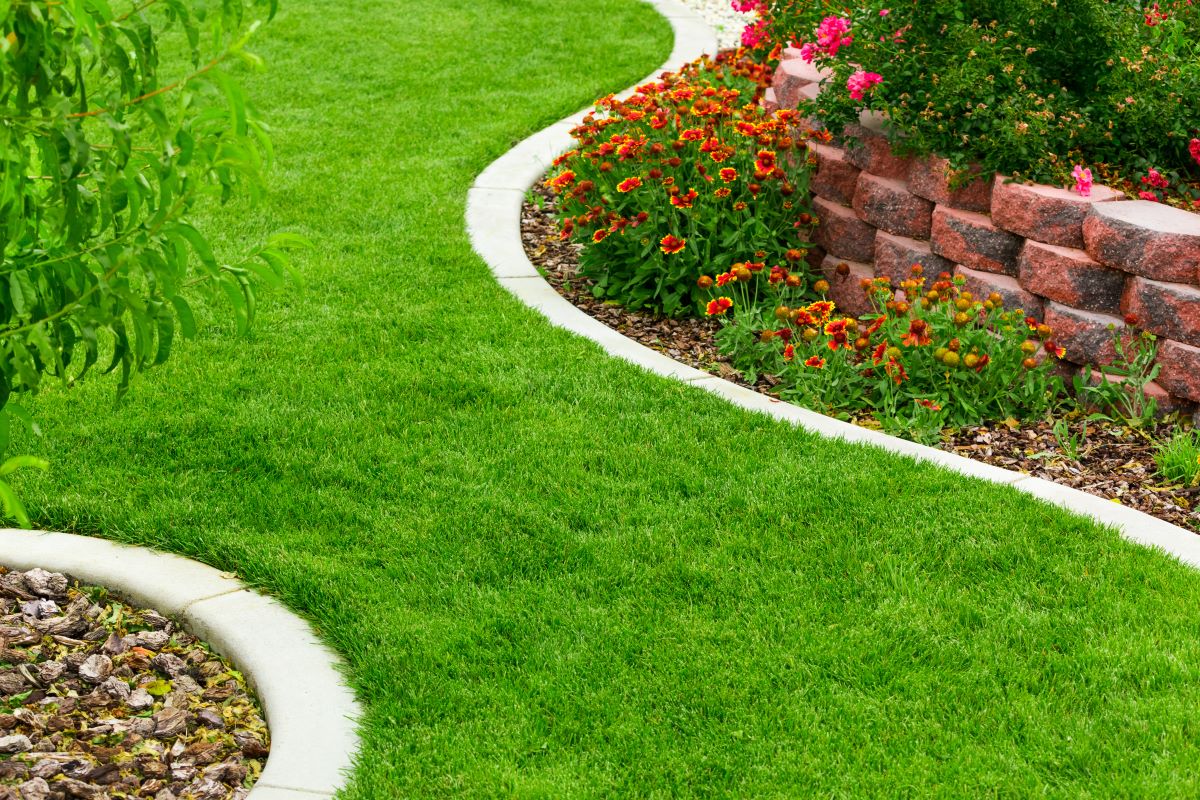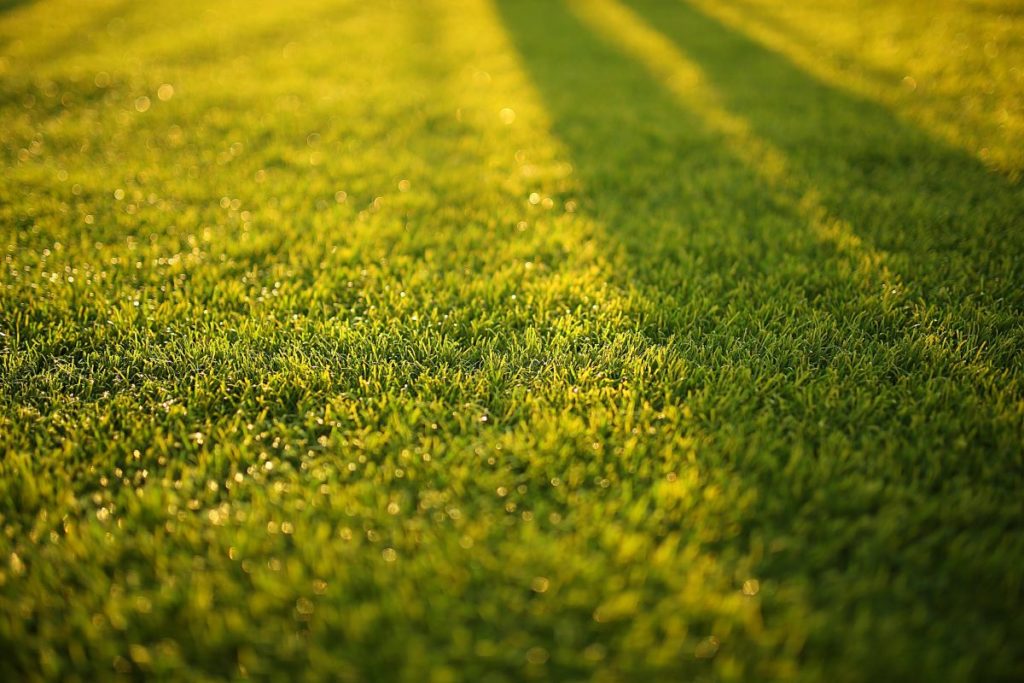There’s no real secret to a beautiful lawn and garden. As long as you’ve got the basics down, your lawn will remain green and healthy. Plants only need water, sunlight, and the occasional TLC to keep them in good condition.
Lawn maintenance is also a balancing act. If there’s too much or too little sunlight, the plants will wither and die. The same goes if the plants don’t get enough water or get too much of it. But if you live in a dry area, water can be difficult to come by. You’ll need to find a way to keep your lawn alive while minimizing water use and wastage.
Water is the stuff of life. Practically every living being today needs water to survive, people and plants included. We’ve harnessed water in a way that allows us to sustain our towns and cities. For instance, cities would run out of food if it weren’t for the gigantic farms in our heartland. There’s a system for irrigation that homeowners need to understand. If you need lawn installation, these tips will save you time and resources down the line. Let’s begin.
1. Check the soil quality
Irrigation is all about volume and time. You want to release enough water for a certain period of time to ensure that every inch of your lawn is properly irrigated. As a general rule, the water needs to reach at least 6 to 8 inches into the soil. If the irrigation period is too short, then the water won’t reach the roots of the grass. Meanwhile, if you water for too long, you risk stressing the plants, leading to disease and rot.
You’ll need to check your soil type and quality before installing the irrigation system. Once you’ve determined the soil can sustain a healthy lawn, you’ll need to perform a few tests to check water absorption. The simplest way to do this is to irrigate the area. Afterward, insert a metal rod into the ground. If the metal rod can cut through the soil with little resistance, you know the water has reached the bottom layers.
2. Understand irrigation timing
Contrary to popular belief, there is a right time to water plants. If you want to maximize your irrigation system’s yield, you need to understand how the timing works. For instance, if you live in a temperate area, you’ll want to water the plants in the early to mid-morning, when temperatures are cool. If you wait until the late morning or noon, the water will evaporate faster. Meanwhile, for cold areas, the best time to irrigate is noon to afternoon, when the ground has softened enough to absorb the water.
You’ll also need to understand how timing windows work. Let’s say you usually water your garden in the early morning. One day, your sprinklers malfunctioned, and you didn’t get to water your lawn. You’ll need to find an alternative time for irrigation, also known as the window. Make sure the conditions between the original and the backup windows are similar. That way, you can expect the same results.

3. Use the right system for your lawn
Not all irrigation systems work the same way. Ideally, you’ll want an in-ground system to ensure maximum water coverage. You can hire a professional to calibrate the system according to your lawn’s soil type. For instance, if the soil isn’t good at holding water, you may want to increase the flow rate to compensate for the water loss. In-ground systems can also be automated for your convenience. That said, in-ground irrigation is more expensive compared to other systems.
If you don’t want an in-ground system, your next best alternative is a rotating lawn sprinkler. It consists of a plastic or metal head that’s then connected to a hose or pipe. The head will then start rotating and distribute water once the supply has been turned on. This system is cheaper and more portable compared to the in-ground type.
Finally, you may want to use an oscillating system if your lawn is still growing. Other sprinkler types may be too powerful for a young lawn, and you risk drowning the seeds or destroying the leaf buds. Oscillating systems have a pressure cap, and you can rest easy knowing that your lawn won’t be damaged.
A final word
These three tips will help ensure your lawn will stay green and healthy. Lawn care can be tricky, especially if you’re new to the concepts. Make it a point to do some research about lawn care and irrigation basics, and feel free to experiment with a few techniques once you have a lawn of your own.

